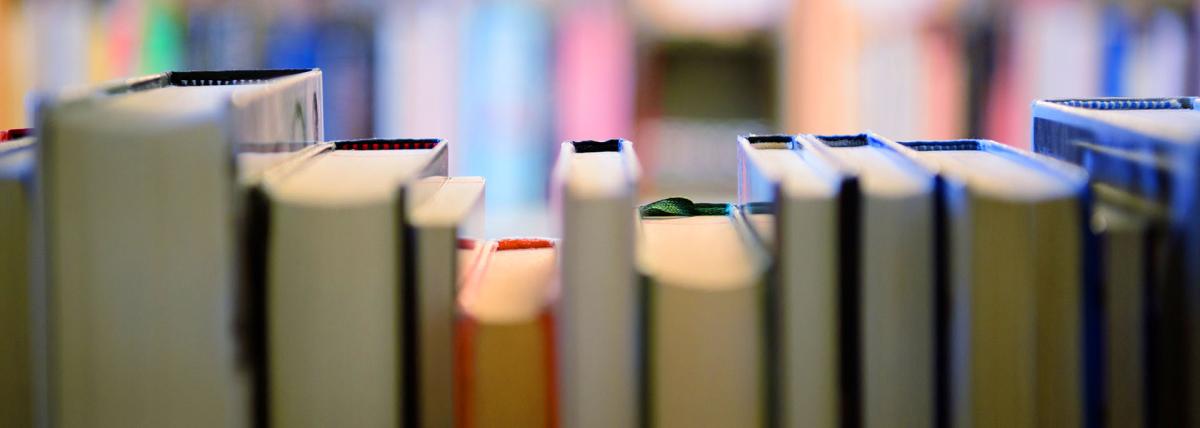Students start to build 3D models of the entire farm or a smaller, more detailed area. Students continue to focus on ratios, volume, and nets while combating the environmental effects of farming.
In this 7 week unit, students will utilize resources around them to create a garden for a culminating taco party! Students will work on science, math, and ELA within the unit. Feel free to host this
Students will create a scientific claim that is supported by evidence as to which car is the better deal, the Hot Wheels car or the generic car. During the four day activity, students will conduct
Let's talk about waste! Situation: Many items are thrown in the trash every day at school. As a class, track data to determine what the top 5 most frequently discarded items are on your campus
Built as a month long, end of year project, students get to discover the water quality of several geographically different natural water sources by completing field research and data collection. As a
Go through different STEM, reading, and writing activities with Roz and her friends in The Wild Robot. Students will problem solve, participate in discussions, and learn about artificial intelligence
This lesson plan will allow students to explore the use of a PhET simulation in creating a series and parallel circuit, then apply this knowledge in creating a real circuit. Students will also learn
Students will create a geometric net to estimate how many cheerios will fit in the cube. They will use volume to create a real sized cereal box that they can fit 100 cheerios into without having lots
Students explore genetics and create a model to represent how genes are passed down from a parent plant to an offspring plant. This lesson could be adapted to address 1st Grade Life Science Standard
Phenomenal Forces and Motion is an amazing lesson which introduces students to the world of physics and Newton’s three laws of motion. Students will find out how some of the basic principles of
Explore temperature and weather with students. Teachers will guide students through this graphing and research activity. The unit opens with a literacy component, Global Warming with Seymour Simon
Students will be creating two different gardens. A hydroponics garden indoors and a raised bed garden outside. Students will be gathering data to help define the question: What is the biggest issue
This is the 3rd lesson in a series of 4. Students will discuss a slow reveal graph about the amount of forest destroyed each year. Students compare two graphs and decide which is better at
Students will discuss current baseball teams names and mascots. Then students are tasked to design a new team name/logo/mascot for a city/state that does not currently have a major league team
Students will learn about what a batting average is in baseball. They will learn how you calculate it and represent it as they do in baseball. Students will also track hits and what results from them
In this lesson plan students will use fractions to design a space for a flock of chickens. Using only 2 Items they will have everything they need for this lesson.
This is a fun, low-prep activity. All you need is some cards and marbles. Students will build towers that are capable of holding a bucket of marbles. Once the groups have been tested, you will discuss
Engineers often create small-size models of a new product to test its design. This is especially true with airplanes. Model testing tells engineers how a design responds to different air conditions
In this unique and engaging lesson, students will simulate the Oregon Trail journey using STEM to make decisions and analyze outcomes. They will collaborate and communicate effectively with their
The purpose of this lesson is to introduce and apply the concept of frequency. Students will begin by a motivating “click the mouse” challenge. This will help them to develop the concept of frequency
SNOW
This lesson includes literacy, math, and art about snowflakes. Within math, students will dive into an analysis of angles within a common snowflake. Students will listen to an informational text about
This lesson walks students through reimagining a schoolyard space by calculating scale model and creating scale objects.
Students who have been studying logarithms can apply them using a chemistry lab to discover the pH of acetic acid (white vinegar) and even compare this to other acids.
Students will use jelly beans to model the variation that results from sexual reproduction. They will use Punnett Squares to practice probability.
Featured Lesson Plans
Check out these notable lesson plans.

Makey Makey Storyboards

Sphero Rocket Payload Mission

